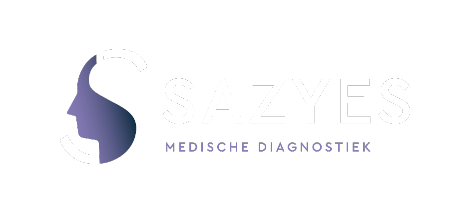
orthopedic examination in case of personal injury
In the case of industrial or traffic accidents, for example, we are called in to indicate whether there is a medical-causal connection between orthopedic complaints and a particular event. If the answer is yes, we also make a statement about any resulting limitations. We do this using orthopedic examination in personal injury cases.
Legal liability
Orthopedic examinations in connection with legal liability can be establised in various ways. 'Out of court', both the injured party and the liable party can take the initiative, whether or not in coordination with the other party. Parties can also ask the judge for a 'preliminary expert opinion' to determine whether they have a 'case'. Finally, the judge may also engage a medical expert, both at first instance and on appeal.
For orthopedic assessments in the context of personal injury, we base ourselves on the IWMD Questionnaire as much as possible. The percentage of loss of function can be determined using the American Medical Association (AMA) guidelines
A orthopedic examination provides clarity at:
- questions about the presence or absence of an orthopedic disorder
- determining functional limitations
- determining usable possibilities
- stagnating recovery or reintegration
- the evaluation of previous treatments
- identifying treatment options and reintegration pathways
- determining the prognosis


